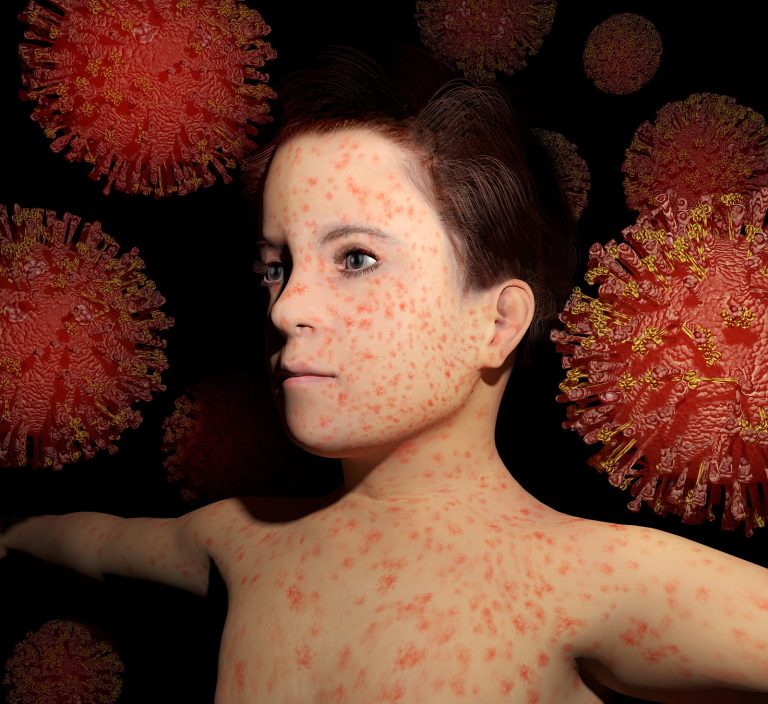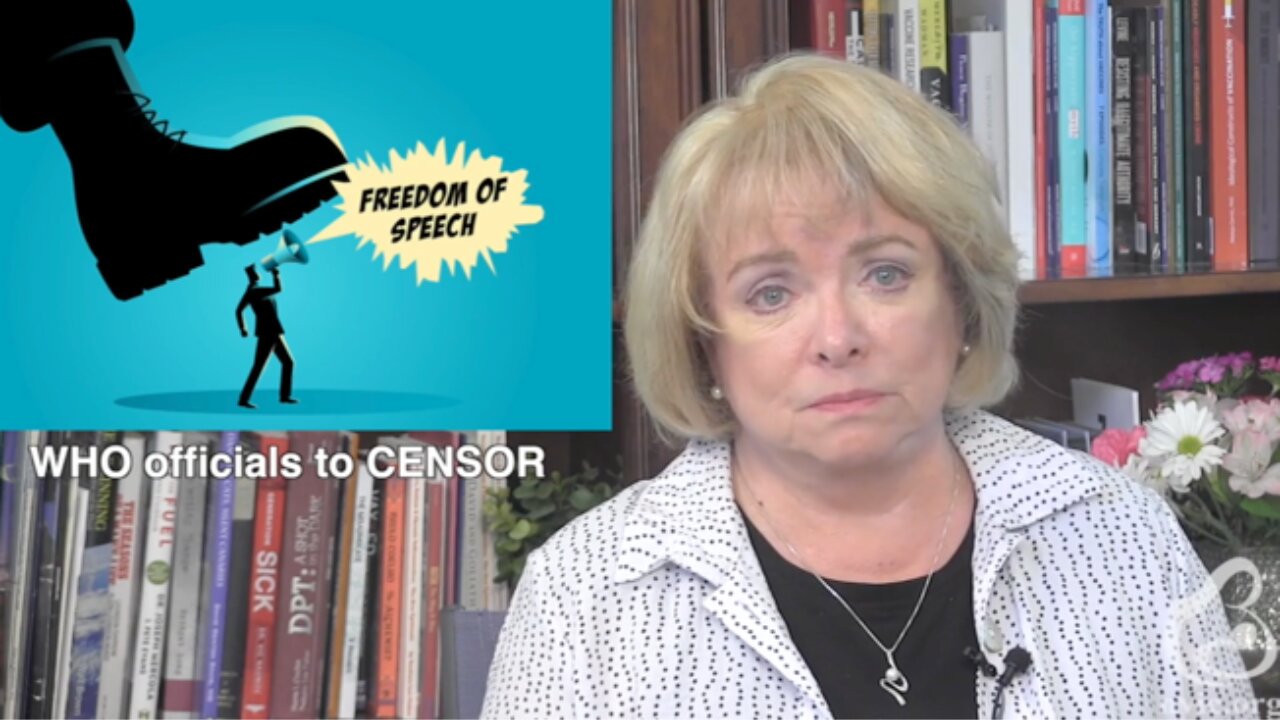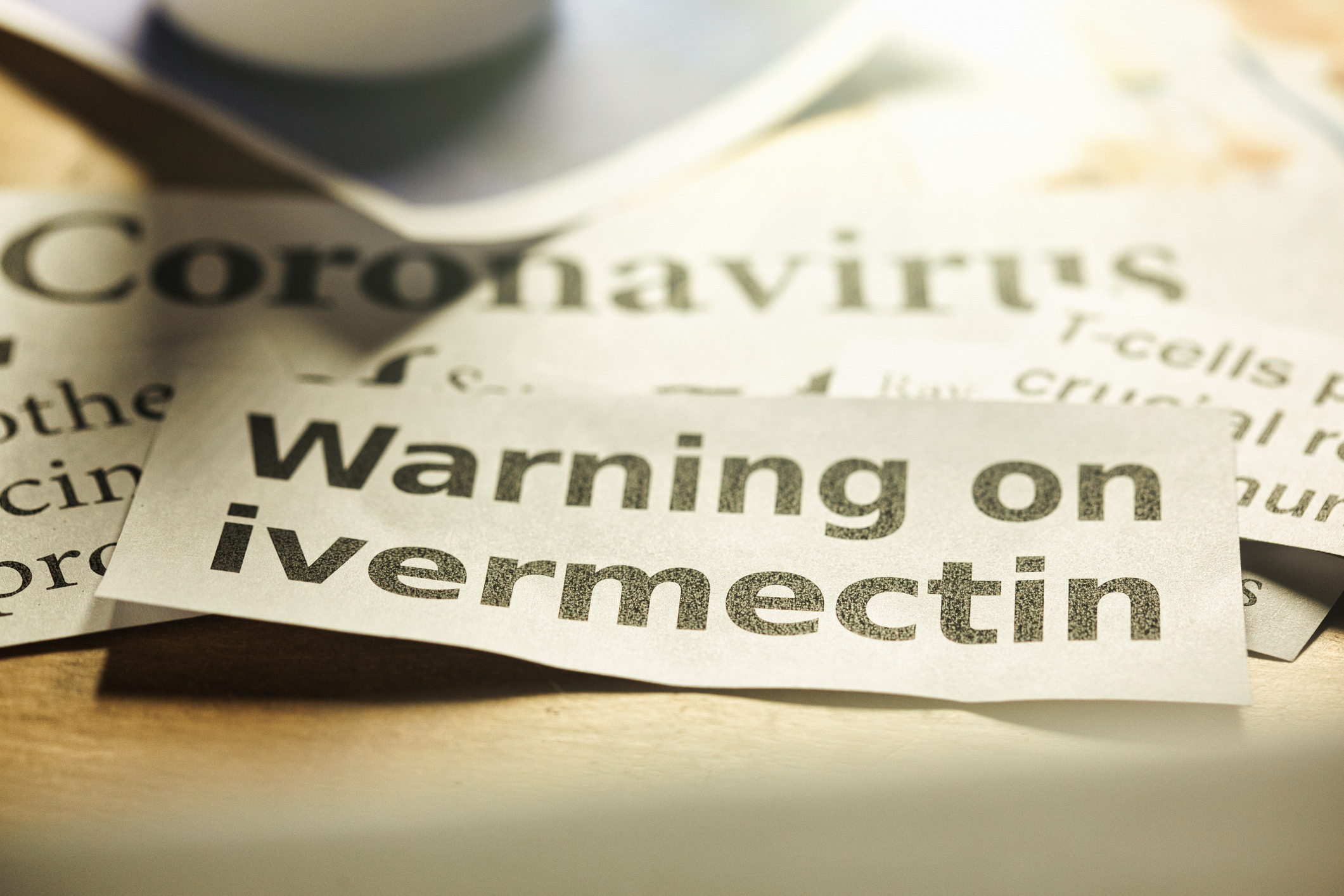In articles published last year in The Vaccine Reaction, “Polio Wasn’t Vanquished, It Was Redefined“1 and “The Salk ‘Miracle’ Myth,”2 I proposed that the reason the number of reported cases of polio in the United States declined so much in 1955—the year the Salk inactivated polio vaccine (IPV) was introduced—was due to the redefinition of polio by the U.S. government in 1954. As I noted in both opinion pieces, according to Dr. Bernard Greenberg, head of the Department of Biostatistics of the University of North Carolina School of Public Health:
In order to qualify for classification as paralytic poliomyelitis, the patient had to exhibit paralytic symptoms for at least 60 days after the onset of the disease. Prior to 1954, the patient had to exhibit paralytic symptoms for only 24 hours. Laboratory confirmation and the presence of residual paralysis were not required. After 1954, residual paralysis was determined 10 to 20 days and again 50 to 70 days after the onset of the disease. This change in definition meant that in 1955 we started reporting a new disease, namely, paralytic poliomyelitis with a longer lasting paralysis.3
I argued that, “Under the new definition of polio, thousands of cases which would have previously been counted as polio would no longer be counted as polio. The change in the definition laid the groundwork for creating the impression that the Salk vaccine was effective.”1 2
Proponents of the idea that the Salk vaccine was responsible for the dramatic decline of polio in the mid-1950s often point to the fact that, prior to the introduction of the vaccine, more than 50,000 Americans had been coming down with polio each year, and that after the vaccine was introduced, the number of reported polio cases went down to less than 30,000 annually and then eventually to just over 3,000 by 1960.4
What those pointing to polio vaccine as the sole cause of a decline in polio cases fail to clarify is that the number of polio cases did not surpass 50,000 every year, but rather only one year—1952—when there was a total of 52,879 cases reported in the U.S. They also prefer not to publicize the fact that, by 1955, the number of reported polio cases had already declined by 45%. In 1953, 35,592 people in the U.S. contracted polio. In 1954, the number was 38,476, and in 1955, it was 28,985.4
In other words, polio cases were already declining before the Salk vaccine was introduced and it is inaccurate to credit the vaccine as the only cause for the decline. That is a myth that has been widely promulgated for more than half a century and parroted by many doctors, medical scientists and public health officials. The number of polio cases was already dropping before the first dose of Salk vaccine was injected into anyone, and there is good evidence that the sharp drop in reported polio cases in 1955 was due to an administrative change in the way polio was defined, plus an assumption by doctors that after the polio vaccine was given to millions of children, there was no reason to suspect and test for polio. It was as simple as that.
If this sort of administrative hanky panky went on in the case of polio, is it possible that it may have also occurred with other infectious diseases that were supposedly conquered by vaccines? Take measles, for example.
The first inactivated measles vaccine was licensed in the U.S. in 1963 (withdrawn from market in 1967) and an “improved” live attenuated version of measles vaccine became available in 1968,5 followed by licensing of the combination live MMR (measles, mumps, rubella) vaccine in 1971. By 1965, the number of reported cases of measles in the U.S. had declined to around 262,000.6 By 1966, the number was down to 204,136—a 60% drop from the 530,00 cases reported each year for the pre-vaccine period of 1953-1962.7 By 1968, the number of reported cases had dropped to 22,231—an astonishing decline of “nearly 90% compared with 1966 and a total decrease of >95% compared with the pre-vaccine era.”7
So was that temporal correlation enough evidence to assume that the administration of inactivated measles vaccines to millions of children caused the phenomenal reduction in the incidence of measles in the U.S. during the 1960s? Were the vaccines a success? Or was there another side to the story?
According to Roman Bystrianyk and Suzanne Humphries, MD, authors of the book Dissolving Illusions: Disease, Vaccines, and The Forgotten History, at least part of the reason for the huge drops in measles rates following the early measles vaccination campaigns had to do with a flawed belief system about the effectiveness of the first measles vaccine. Remember, the U.S. Public Health Service (now the CDC) back then believed and told parents that a single shot of measles vaccine would provide children with lifetime immunity to the disease, and without serious side effects.
By the early 1990s, the live MMR vaccine had been used for nearly 20 years and it was obvious that one dose of measles vaccine did not provide lifelong immunity because there were outbreaks occurring in both vaccinated and unvaccinated children. The solution public health officials came up with was to add a second “booster” dose of measles (MMR) vaccine to the childhood vaccine schedule in 1991.
In the 1960s, after pediatricians were routinely giving measles vaccine to children, many children who were vaccinated and later exhibited rash symptoms of measles with a high fever were not diagnosed as having measles.8
Keep in mind that once you had a vaccine, even if you had just as high or even higher fever than expected from natural measles, you were not counted as having ‘measles.’8
In his book Vaccination And Immunisation: Dangers, Delusions and Alternatives, Leon Chaitow, ND, DO writes about this phenomenon of “rediagnosis.”
… faced with a patient who has all the signs and symptoms of a particular disease, from which they have been ‘protected’ by immunization, it is obviously difficult to make the diagnosis they would have made if faced by such a case in an unvaccinated person. By calling the disease something else they are protecting their belief system, and the integrity of the theories around which they have built their actions, such as vaccination … All this is done to protect a system, and to help to save the public from having doubt as to the efficacy of methods.9
Had doctors in the 1960s known that the measles vaccines they were giving did not work as advertised and did not confer permanent immunity, they would have been more likely to look for and diagnose many more cases of measles. There’s no telling how much higher the number of reported cases of the disease would have been without an assumption that a vaccinated child could not possibly have measles.
Bystrianyk and Dr. Humphries further point out that the killed measles virus vaccine (KMV) introduced in 1963 could cause a more severe form of measles known as atypical measles.8
Atypical measles was characterized by a higher and more prolonged fever, unusual skin lesions and severe pneumonitis compared to measles in previously unvaccinated persons. The rash was often accompanied by evidence of hemorrhage or vesiculation. The pneumonitis included distinct nodular parenchymal lesions and hilar adenopathy. Abdominal pain, hepatic dysfunction, headache, eosinophilia, pleural effusions and edema were also described.10
Viera Scheibner, PhD also noted the emergence of this more extreme form of measles in the 1960s when the inactivated measles vaccine was being given to children.
It is less well known to the general public that vaccinated children started developing an especially vicious form of measles, due to the altered host immune response caused by the deleterious effect of the measles vaccines. It resisted all orthodox treatment and carried a high mortality rate. It has become known as atypical measles (AMS).11
Unfortunately, the incidence of atypical measles was not tracked. Technically, atypical measles was not considered to be measles, and so those cases were left out of the measles statistics. Consequently, we may never know the full extent of measles infections—typical and atypical—following the introduction of the first inactivated measles vaccines.
What is clear is that the official figures for the incidence of measles during the 1960s are probably highly inaccurate, and thus unreliable. Atypical measles was not taken into account, and doctors likely overlooked or misdiagnosed many cases of measles in children who had been vaccinated for the disease.
But measles in the U.S. did seemingly continue to decline—seemingly, because the problem of atypical measles has not gone away.11 12 So if the 1963 and 1968 measles vaccines were not responsible for the sharp decline of reported measles cases in the U.S., then what was?
We know that measles mortality rates had already dropped by more than 90% during the first half of the 20th century, before the introduction of the measles vaccine.8 Deaths from measles had decreased from 21 deaths per 1000 reported cases during 1911-1912 to less than 1 death per 1000 reported cases in 1953-1962. This improvement in survival rates was due to a range of factors unrelated to the vaccine, including better overall medical care and nutrition, and particularly the discovery of antibiotics to treat the “bacterial complications of measles.”7
In their book, Bystrianyk and Dr. Humphries noted that the incidence of measles was also on a downward trend—albeit a much slower rate than the decline in mortality—before the 1963 measles vaccine. 8 We know, for example, that in 1954 there were 682,720 reported cases of measles in the U.S.13 This was followed by 555,156 cases in 1955; 611,936 in 1956; 486,799 in 1957; 763,094 in 1958; 406,162 in 1959; 441,703 in 1960; 423,919 in 1961; 481,530 in 1962; and 385,156 in 1963.13
While the number of reported cases of measles went up and down from year to year, the overall trend line was downward. In fact, the trend line had been going down since 1941, when the number of reported cases totaled 894,134.13
Interestingly, in 1964 (the year after the introduction of the first killed measles vaccine), the number of reported cases of measles actually went up to 458,083.13
Bystrianyk and Dr. Humphries reasonably ask, “Was measles slowly becoming less prevalent anyway?”8
We know that measles can be sub-clinical 30 percent of the time, and the death rate had already plummeted. Like smallpox, was the disease slowly burning out? Was the rise in breastfeeding and improved nutrition contributing to fewer diagnosed cases? How many cases that were recorded as measles based on a clinical diagnosis really other viruses? Can we at all trust measles incidence statistics in the first place?8
If the trend continued as seen in the measles incidence graph, then measles incidence would have hit zero in the year 2000 without any vaccine program. Coincidentally, the year 2000 is the same year the CDC declared measles eliminated from the United States.8
In short, what happened with reported measles cases in the 1960s is similar to what happened with reported polio cases in the 1950s. In both cases, a vaccine was introduced that was given credit for nearly wiping out the disease it was designed to combat. The vaccines were so widely hailed that the public came to view them as miracle cures to infectious disease, when, in fact, the evidence does not confirm that belief.
In each case, numbers were manipulated in ways that made the vaccine appear to be more effective than it was. In both cases, diagnoses of the diseases after the introduction of the vaccines were inconsistent with what they had been prior to the vaccines. The history of the polio and measles vaccines is so convoluted that it is no wonder so many people tend to prefer the popular retelling of the stories.
Click here to view References:
1 Cáceres M. Polio Wasn’t Vanquished, It Was Redefined. The Vaccine Reaction July 9, 2015.
2 Cáceres M. The Salk ‘Miracle’ Myth. The Vaccine Reaction June 2, 2015.
3 James W. Immunization The Reality Behind the Myth. p. 36.
4 The College of Physicians of Philadelphia. U.S. Polio Cases 1952-1962. The History of Vaccines.
5 U.S. Centers for Disease Control and Prevention. Measles History. CDC.gov.
6 Measles vaccine/Measles cases in the United States, 1944-2007 (chart). Wikipedia.
7 Orenstein WA, Hinman AR, Papania MJ. Evolution of Measles Elimination Strategies in the United States. J. Infect. Dis. 189(Issue Supplement 1); S17-S22.
8 Bystrianyk R, Humphries S. Vaccines: a peek beneath the hood. International Medical Council on Vaccination Nov. 12, 2013.
9 Chaitow L. Vaccination and Immunization: Dangers, Delusions and Alternatives. Dec. 3, 2004.
10 Griffin D, Pan CH, Moss WJ. Measles Vaccines. Front Biosci. January 2008; 1;13:1352-70.
11 Scheibner V. Measles Vaccines Part I: Ineffectiveness of Vaccination and Unintended Consequences. International Medical Council on Vaccination Jan. 18, 2013.
12 Nichols EM. Atypical Measles Syndrome: A Continuing Problem. Am J Public Health February 1979; 69(2): 160–162.
13 CDC. Summary of Notifiable Diseases, United States: 1989. Morbidity and Mortality Weekly Report Oct. 5, 1990; 38(54):56-58.













